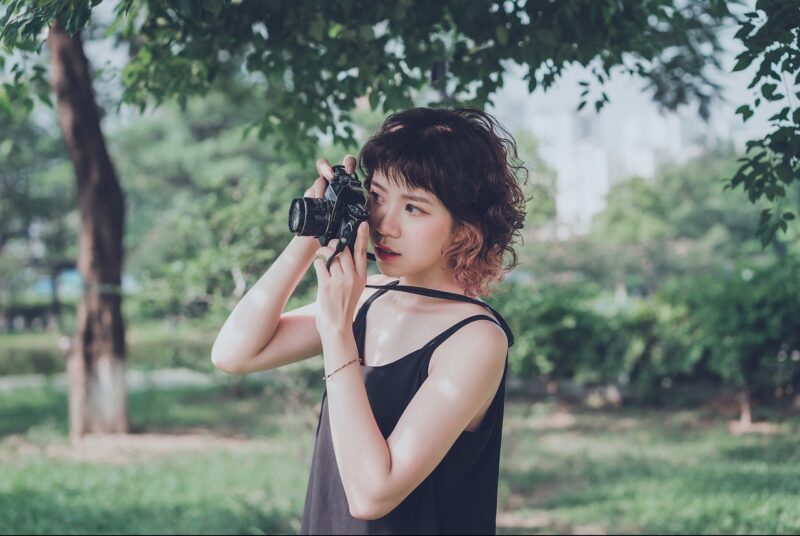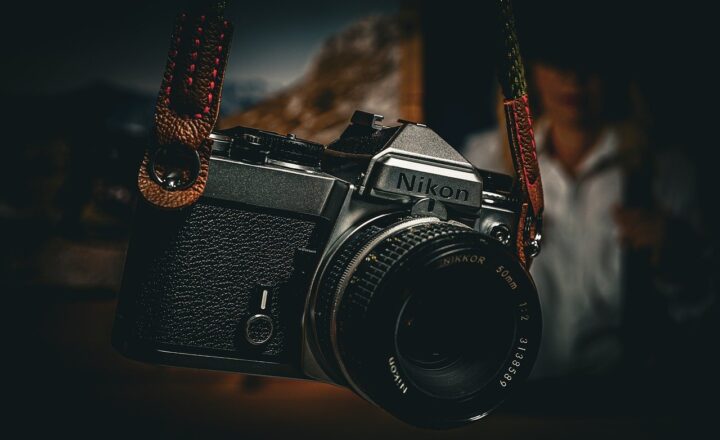Finding the Ideal Camera for Beginners: What Features to Look for and Why They Matter
November 14, 2024

Choosing the right camera as a beginner can feel daunting with the plethora of options available in the market today. Whether you are interested in photography as a hobby or considering a future career in it, understanding the key features that define a good beginner camera is essential. This comprehensive guide will walk you through the important aspects to consider when selecting the right camera that meets your needs while keeping your budget in check.
1. Understanding Camera Types
Before diving into specifications, it’s crucial to understand the different types of cameras available. Here are the main categories:
- Point-and-Shoot Cameras: These compact cameras are incredibly user-friendly and perfect for beginners who simply want to capture moments without fiddling with settings. Most models come with automatic modes, which make them a great choice for casual photography.
- Mirrorless Cameras: Mirrorless cameras offer the quality of a DSLR in a smaller, lighter package. They allow for interchangeable lenses and manual controls, making them suitable for hobbyists looking to expand their skills without overwhelming complexity.
- Digital Single-Lens Reflex (DSLR) Cameras: DSLRs are versatile and renowned for excellent image quality and performance. While they can be bulkier and require more investment, they are favoured by many photographers for their extensive manual controls and lens options.
- Smartphone Cameras: While not a conventional choice, the camera on your smartphone can be highly capable. With advancements in technology, many smartphones offer impressive camera systems that can suffice for everyday photography and social media.
Understanding these categories will help you narrow down your choices based on what suits your photography goals best.
2. Key Features to Consider
Once you know which type of camera you want, it’s important to look at the features that will benefit you as a beginner:
Resolution:
The resolution refers to the number of pixels in an image, generally expressed in megapixels (MP). For most beginners, a camera with 16-24 MP is sufficient to produce high-quality images that can be printed or cropped without loss of detail. Increasing the resolution will also increase file size, which can be concerning if you have storage limitations.
Lens Options:
If you opt for a mirrorless or DSLR camera, consider how interchangeable lenses can enhance your photography experience. Different lenses allow you to experiment with various photographic styles, including wide-angle landscapes, close-up macro shots, or portraits.
In general, investing in a kit lens alongside your camera is a smart move, as they cover a versatile focal length for diverse shooting scenarios.
Image Stabilization:
Image stabilization is crucial for reducing blurriness in your images, especially in low-light situations. Look for cameras that offer optical image stabilization (OIS) in the lens or in-camera stabilization to ensure clear, sharp images even in challenging conditions.
Autofocus System:
A good autofocus system is essential for capturing fast-moving subjects and ensuring sharp images. Look for cameras with a high number of autofocus points or advanced focus features like face detection and tracking to simplify the focusing process.
User-Friendly Interface:
As a beginner, you’ll want a camera that is intuitive and easy to navigate. Look for cameras with clear menus, customizable settings, and a helpful guide or tutorial mode that can assist you as you learn to take photos.
Connectivity Options:
Features like Wi-Fi, Bluetooth, and NFC can enrich your photography experience. These options allow you to share photos directly to your smartphone or tablet for editing and posting on social media, making it easy to connect your camera to your digital life.
3. The Importance of Manual Controls
While automatic settings are advantageous for beginners, learning how to use manual controls is invaluable for capturing the images you envision. Look for a camera that balances automatic features with manual controls to allow creative exploration as you become more comfortable in your photography journey.
With manual mode, you can control settings like:
- Shutter Speed: The amount of time the camera’s shutter is open, which can affect motion blur and exposure.
- Aperture: Controls the amount of light that enters the lens and influences the depth of field in your photographs.
- ISO: Adjusts the camera’s sensitivity to light, which is especially useful in low-light conditions but can introduce noise if set too high.
By gradually learning to manipulate these settings, you can create distinct photographic styles and master the art of photography.
4. Budget Considerations
Budget is undeniably a significant aspect when buying your first camera. Here are some key pointers to synchronize your purchase:
- Determine Your Budget: Set a budget that includes the cost of the camera, additional lenses, and accessories like tripods and camera bags. This clarity will help you avoid overspending while ensuring you have what you need for your photography journey.
- Consider Buying Used or Refurbished: If you’re looking to save money, consider purchasing a used or refurbished camera from reputable sources. This option allows you to access higher-quality gear without breaking the bank.
- Don’t Overlook Accessories: Consider budgeting for essential accessories like a sturdy camera bag, a quality tripod, an extra battery, and memory cards. These items may seem secondary but play a crucial role in your shooting experience.
Whether you opt for a budget-friendly model or are willing to invest a little more, remember that good photography is more about technique and practice than the camera you use.
5. Recommended Beginner Cameras
To help you get started, here are a few beginner-friendly camera models worth considering:
- Canon EOS Rebel T7: A popular entry-level DSLR that boasts a 24.1 MP sensor, built-in Wi-Fi & NFC, and a beginner-friendly interface, making it an excellent choice for novice photographers.
- Nikon D3500: Another well-regarded entry-level DSLR with 24.2 MP, a vibrant guide mode, and long battery life—perfect for capturing life’s special moments.
- Sony Alpha a6100: This impressive mirrorless camera features fast autofocus, a 24.2 MP sensor, and great video capabilities, making it versatile for stills and video content creation.
- Fujifilm X-T200: A stylish and compact mirrorless camera ideal for beginners, with a 24.2 MP sensor and a versatile touchscreen interface for creative shooting.
Do your research and read reviews to choose the model that resonates most with your needs and personal style.
Conclusion
Finding the ideal camera as a beginner requires careful consideration of your needs, preferences, and budget. Focus on the essential features, from image quality and connectivity to manual control options, ensuring they align with your potential photographic journey.
No matter which camera you choose, remember that practice and creativity ultimately define better photography. Start by learning the basics, explore your surroundings, and let your imagination lead you. Investing in a camera is the first step on an exciting adventure in the world of photography, so choose wisely and enjoy the journey ahead!








